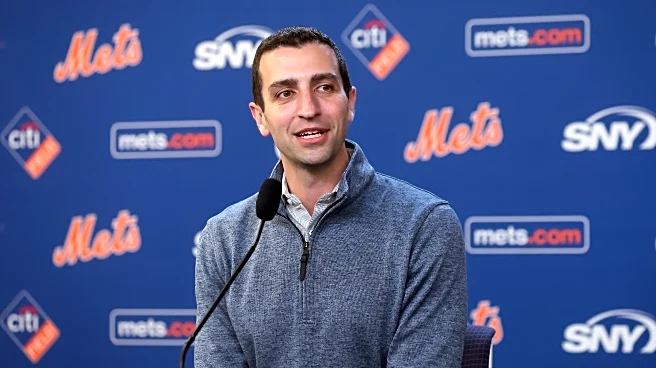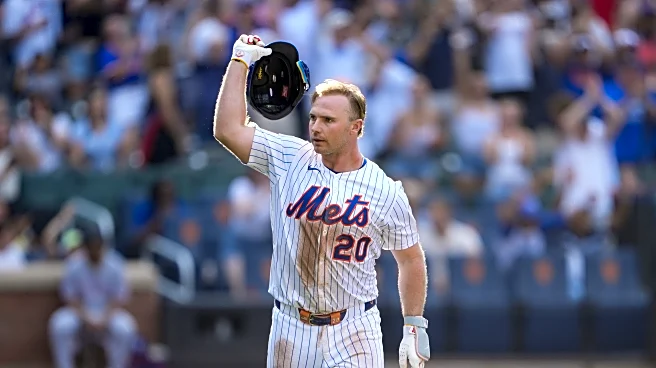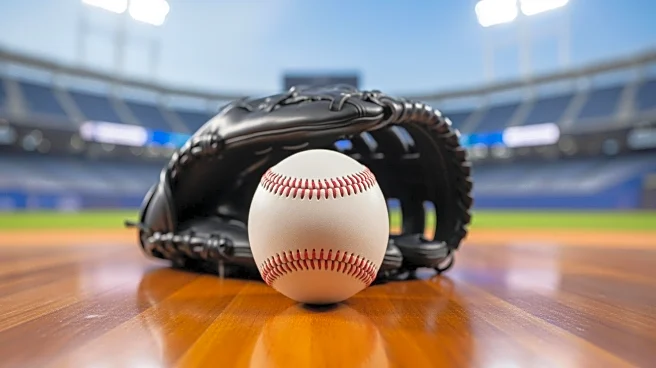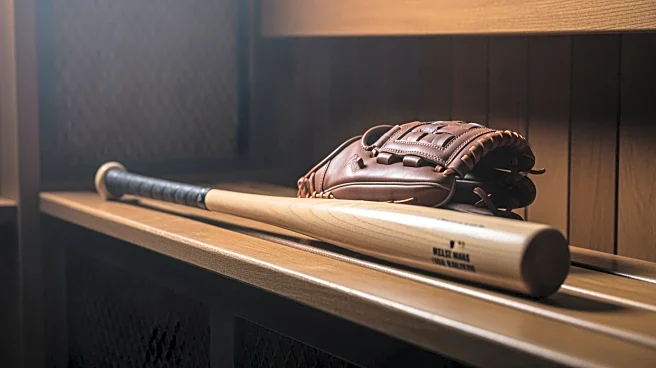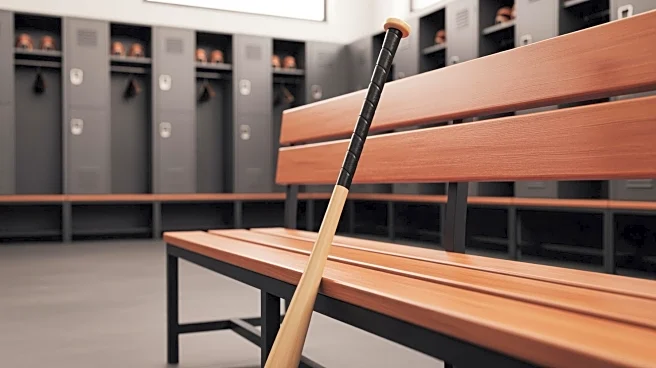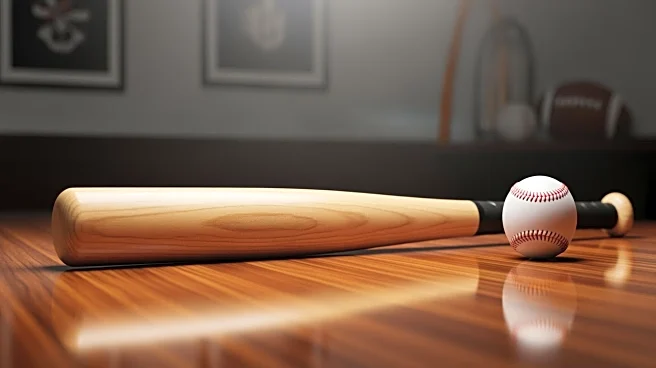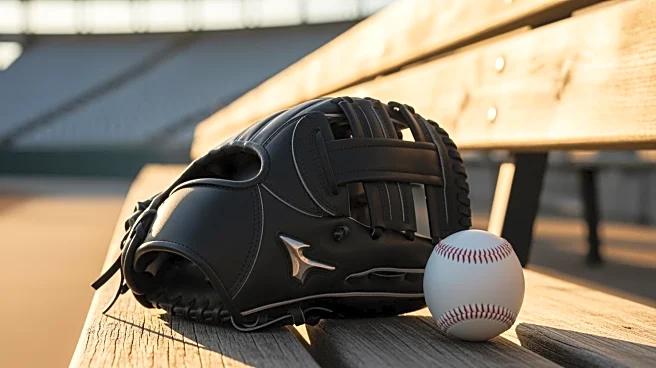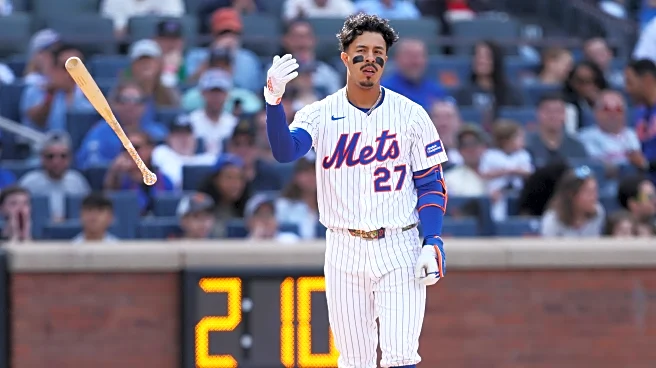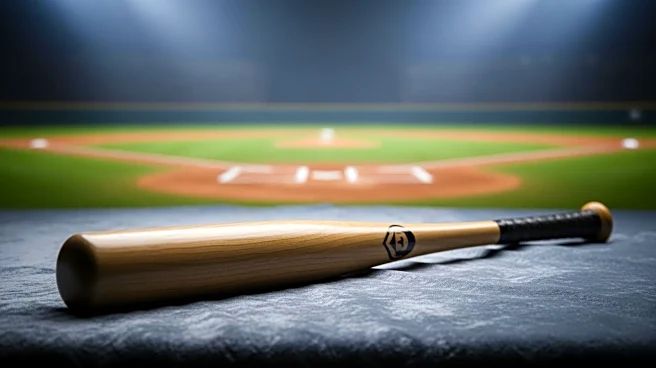In his 2025 Brandon Nimmo season preview, Michael Drago wrote, “…while there will always be concerns about what a player will look like in their late-30s, Nimmo is still at an age where it’s not unreasonable to expect him to be a productive player in 2025.” And in evaluating his 2025 output, it’s safe to say that “a productive player” is exactly what the Mets got from Nimmo, even if the underlying numbers and trends are not entirely encouraging.
Nimmo made a name for himself predominantly for his
on-base prowess. His greatest value was giving the Mets close to elite on-base numbers during his prime years. Nimmo, now 32 years old and decidedly beyond his peak, has seen a dip in his OBP, which has slightly hurt his overall value. But what he’s lost in walks, he’s gained in power, as he’s added that element to his game over the past two years. All that makes the totality of Nimmo’s overall impact a bit hard to properly summarize.
Thankfully, Nimmo did not seem noticeably plagued by the plantar fasciitis issues that derailed the second half of his 2024 season. After emerging as a player perpetually plagued by injuries during the early part of his career, played in a career high 155 games in 2025, making it the fourth consecutive season where he played in 150+ games for the Mets. Over the past four years, he’s played in just under 94% of the team’s games, after appearing in just 60% of the team’s games from 2017-2021.
After putting up near All-Star numbers in the first half of 2024, he tailed off as the Mets made their improbable push for the World Series. And while he experienced a bit of a dip in production in the second half this year, his overall numbers were fairly close; Nimmo posted a .259/.321/463 slash line with 18 homers and a 120 wRC+ in the first half and a .268/.328/.397 slash line with seven homers and a 106 wRC+ after the break.
When we scrutinize his numbers a bit more closely, the two biggest trends are the jump in power and the decline in his walk rate and on-base percentage. He set a career high with 25 home runs, making it the third straight year that he hit at least 23 long balls. He also set a career best with 92 runs batted in, two more than he had in 2024. Much of that is the result of a) hitting in the middle of the order as opposed to the top of the lineup and b) hitting behind guys like Lindor and Soto who posted high on base clips in 2025. He also scored 80 runs for the third straight year and reached double digits in stolen bases for the second straight season after failing to do so at any point in his career.
But with his uptick in power came a decline in what made Nimmo so valuable in the first place: his keen eye, selectivity, and overall ability to get on base. He posted a 7.7% BB% in 2025, the lowest of his major league career and a nearly 4% drop from 2024, when he posted an 11.6% BB%. He also posted a career-worst 0.35 BB/K. That that contributed to a career-low .324 OBP that was 40 points lower than his career average of .364, and a continuing trend after he posted a .327 OBP in 2024. He did strike out a little below his career average, posting a 21.6% K% (career average: 22.3% K%).
As a result, his 114 wRC+, while being slightly higher than his wRC+ in 2024, was the second-lowest he posted in a full season after posting a wRC+ of 148 in 2018, 149 in 2020, 135 in 2021, and 132 in 2022. His OPS in 2025, meanwhile, was .760, which is a jump from his .727 OPS in 2024 but decidedly lower than when he was regularly posting an .800+ OPS between 2018 and 2023.
In examining his Baseball Savant profile, this was the first time Nimmo posted an average BB% in his career, dropping from 91st percentile in 2024 to the 44th percentile in 2025 after regularly being in the 75th percentile or higher. He still achieved a better-than-average chase rate, posting a 24.2% Chase%, which is in the 74th percentile—a career low, but still decidedly in the upper range of the league. He also posted an elite average exit velo (91.8, 88th percentile) and hard hit% (50.2%, 88th percentile) However, his whiff rate (23.8%), K%, (21.6%), bat speed (72.3) and Barrel% (8.8%) are all squarely average or below average.
Meanwhile, on defense he remained league average as he transitioned from center to left field. Moving from center to the corner also makes him slightly less valuable than he was when he initially signed that eight-year deal. He posted a -1 OAA but did finish with 4 DRS in left (and a -1 DRS in 15 innings in center). He no longer seems capable of patrolling center and will continue handling left, but a transition to DH or first base—depending on what happens with Alonso’s free agency and how the club manages their offseason—is not out of the question in the near future.
Overall, Nimmo’s season was…fine. Going into next season, the big question is whether he will rediscover his selectivity at the plate and go back to posting high on base numbers, or if this is the Nimmo the Mets will get from now on. While the power is nice, he has lost what made him so uniquely special. The club could try to move him, but he won’t be easy to unload with five years remaining on his contract. With David Stearns hyper focused on run prevention, Nimmo is starting to seem like an odd roster fit.
So barring anything unforeseen, fans can expect to see Nimmo’s name in the lineup, and while he is a far different player now than the ones Mets fans initially fell in love with, he still produces and provides value to the club on a nightly basis.


